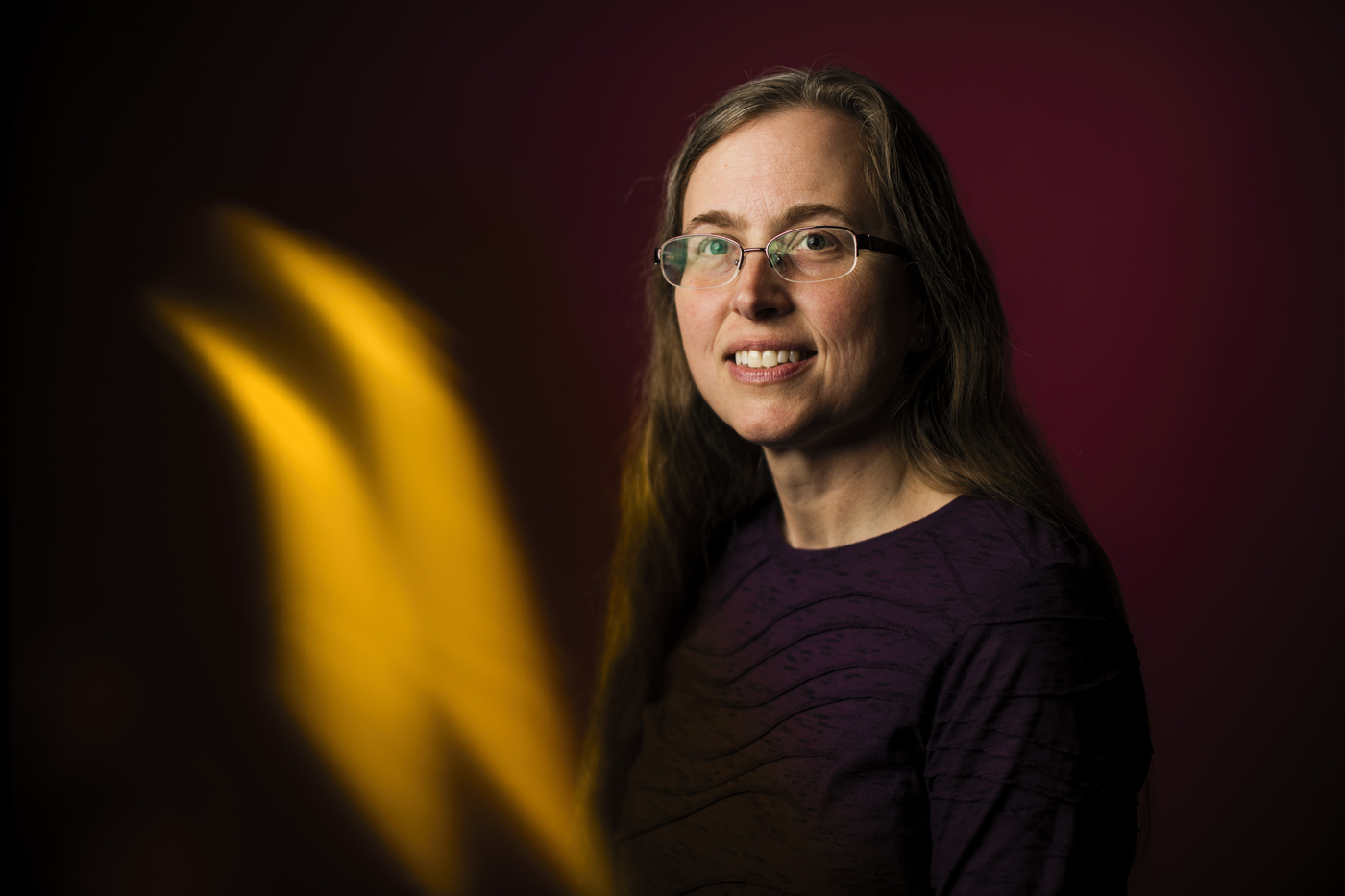To Northeastern engineering professor Carol Livermore, origami is more than just beautiful art—it’s a platform to create life-saving innovations in science and medicine.
Since 2015, a research team led by Livermore has used origami—the centuries-old Japanese art of folding paper into unusual shapes—to develop tissues that mimic tissues in the human body. These tissues could have a plethora of medical uses, from testing new medicines to growing organs suitable for transplants. Livermore and her team recently launched a spinoff, ApreX Biotech, to bring their innovation to market in the next two years.
The tissues “could address a major bottleneck in drug development,” says Livermore, whose ApreX research team includes Xin Xie, a postdoctoral researcher in Livermore’s lab, Yu Shrike Zhang, an assistant professor at Harvard Medical School, and biomedical engineer Rui Sun.
It can take years and billions of dollars to develop a single medicine, get it approved by the FDA, and make it available to patients. Roughly 75 percent of drug candidates never make it to market—often, because the drug is found to be toxic to humans in the final stage of development.
New medicines are tested in petri dishes, then in animals, then in humans. But humans often don’t react the same way as animals or cells in a dish. Researchers need to work with tissues that more accurately simulate how human tissues function, Livermore says. “We need tissue models that accurately predict what drugs will do in the human body. We need to be able to test drugs more accurately, more cheaply, and more quickly. … Our [ApreX] technology uses origami techniques to pattern and fold the complex structures needed to mimic human tissues.”
The biggest challenge with creating lifelike tissues is that they must be three dimensional. Human cells often fail to align and function properly when they’re converted from two dimensions to three, which leads to imprecision, more steps in manufacturing, and higher costs. The distinctive folds of origami help cells align seamlessly and simplify the transition from 2-D to 3-D. Backed by a $2 million National Science Foundation grant and insights from world-renowned origami artist Robert Lang, the ApreX team has developed ways to lay cells onto two-dimensional surfaces—the “paper” of origami—then fold them into 3-D tissues.
The ApreX team has focused on developing lifelike liver tissues, because the liver metabolizes chemicals and is crucial to determining which drug candidates will and won’t be toxic to humans. The spinoff has received funding and mentoring from two Northeastern organizations: IDEA, the student-led venture accelerator, and the Alpha Fund, which helps scientists commercialize their discoveries. ApreX plans to seek a first round of investment and have a product on the market by the end of 2019.
Because ApreX tissues can help detect what is safe or toxic to humans, the tissues could have a variety of future applications—from creating new cosmetics and foods to advancing personalized medicine.
“There are many interesting possibilities,” Livermore says.

